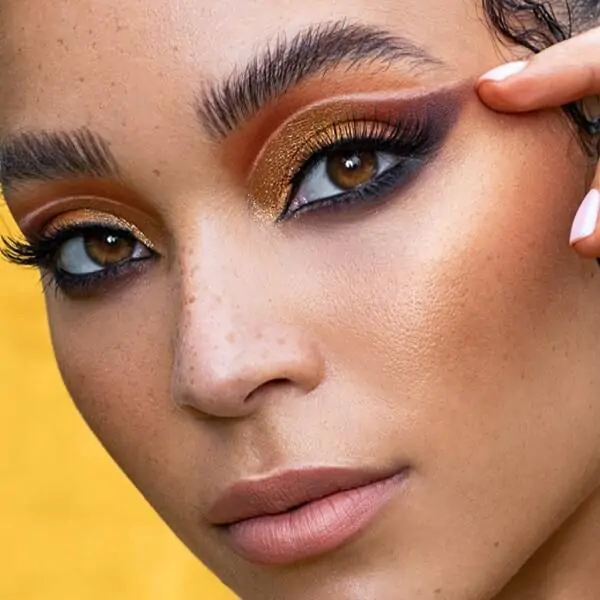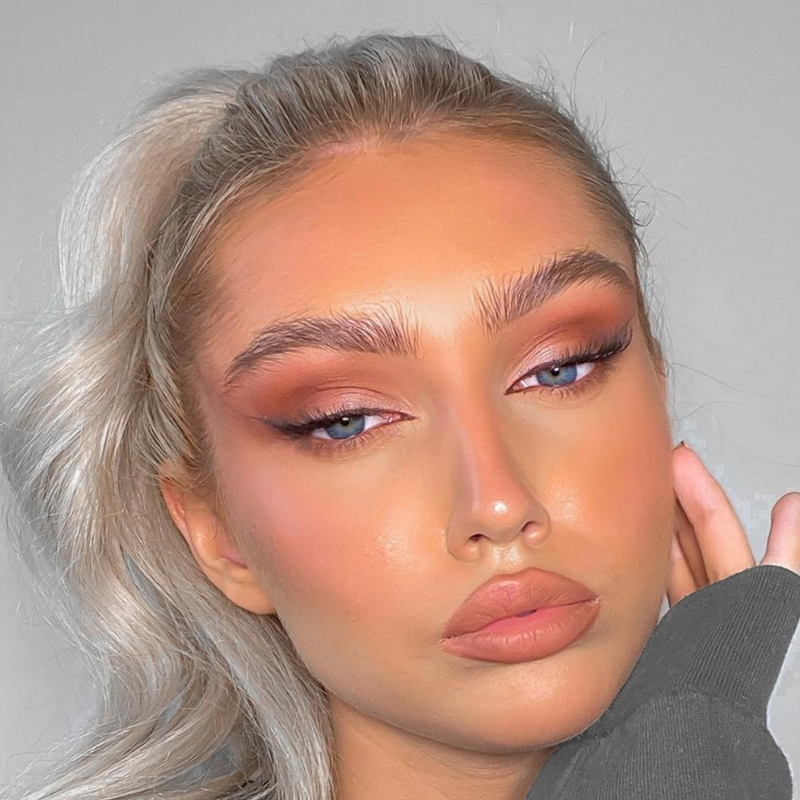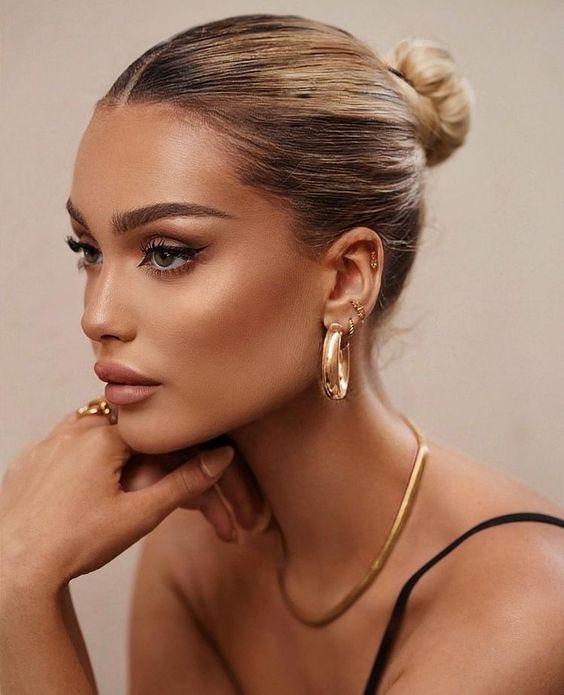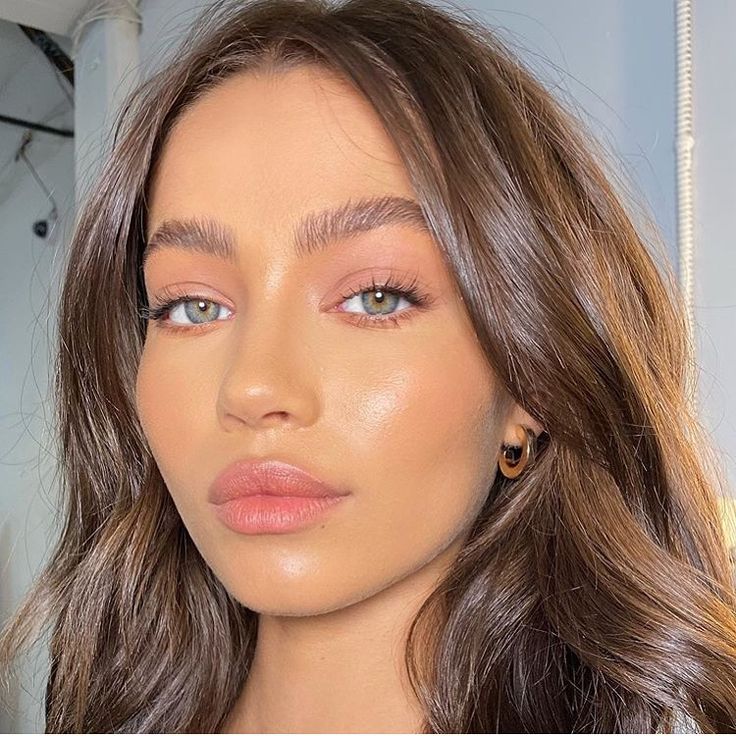
What is Eye Shadow
Your Guide to Mastering Eye Shadow Application
Eye shadow is a versatile cosmetic used to enhance, define and transform the eye area. With endless shade ranges and finishes available, this one product allows for achieving both subtle daytime looks or bold dramatic effects. However, picking the right formulas and application techniques makes all the difference between a beautifully blended eye and a muddy mess.
In this comprehensive eye shadow guide, we’ll cover need-to-know basics like formula types, essential brushes and color theory principles. You’ll also find step-by-step tutorials for executing timeless classics to statement artistry looks. Get ready to unlock the transformative power that proper eye shadow delivers!
Breaking Down Eye Shadow Formulas
Not all eye shadows perform the same. Understanding formula differences is key to achieving stellar results:
Powders
The most common form, powder eye shadows come in both pressed and loose mineral powder consistencies ideal for buildable blending. Matte, shimmer and satin finishes all fall under the powder category.
Creams
Smooth cream-based shadows glide on richly pigmented staying put longer than powders before creasing. Available individually potted or as pre-blended palettes. Some convert to powder finishes once setting.
Liquids
Liquid metallic or chromeextended wear shadows deliver intensely reflective shine with minimal fallout when patted over primer bases then allowed to fully dry.
Pencils
Chubby pencil crayons allow effortless one-swipe washes of color over entire lid spaces for smudge-proof all day or night wear. Best for building depth into creases too.
Choosing the right formula for your application takes technique mastery. For example, powder shadows require building in sheer layers with brushes to create dimension. Creams, liquids and pencils tend deposit richer pigment with pat-and-smudging techniques instead of excess blending which can sheer them out.
Essential Eye Shadow Brushes & Tools
Like quality makeup formulas, equipping your beauty bag with proper brushes makes all the difference for flawless eye shadow application:
- Flat Shader: Dense rounded synthetic bristle brush packs on intense color payoff when patting on lid coverage.
- Fluffy Blenders: Tapered blending brushes made of soft natural hair fibers diffuse and soften harsh edges for seamless color transitions.
- Crease Brushes: Slightly tapered but firmer bristles allow precise detail work for sculpting and defining socket areas.
- Smudgers: Short firm brushes or rubber-tipped tools smudge color along lash lines and build depth in creases.
- Pencil Brush: Cylindrical brushes mimic motion controlled lining effects for seamless gradient blending out from lash lines.
- Angled Liner: Tighter bristles angled on the ends create crisp winged shape guidelines for graphic liner looks or eyebrow stenciling.
- Makeup Sponges: Dampened makeup wedges or actual body sponges press powder shadow pigments flawlessly onto skin without fallout.
Equipped with proper tools, prepping eye areas becomes an art form. For example, flat shaders deposit initial transition and crease colors. Then fluffy blenders diffuse edges smoothly before pencil brushes detail lining effects.
Color Theories To Try
Like creating any makeup masterpiece, selecting complementary eye shadow shades and placement takes a bit of basic color theory understanding:
Highlighting:
Use lighter shades like champagne, iridescent white and beige on inner corners, brow bones and lids to accentuate and open up features.
Defining:
Deep green, plums and browns look naturally flattering smoked into creases and outer corners to enhance eye shape.
Transitioning:
Mid-toned warm fawn, terracotta and peach shadows transition nicely between darker accents and light lid colors.
Complementary:
Colors that sit opposite on the color wheel intensify when positioned side-by-side. This creates drama and vibrancy between paired shades.
Monochromatic:
Selecting multiple values of the same color family looks seamlessly blended and diffused. Excellent for soft smoldering sultriness.
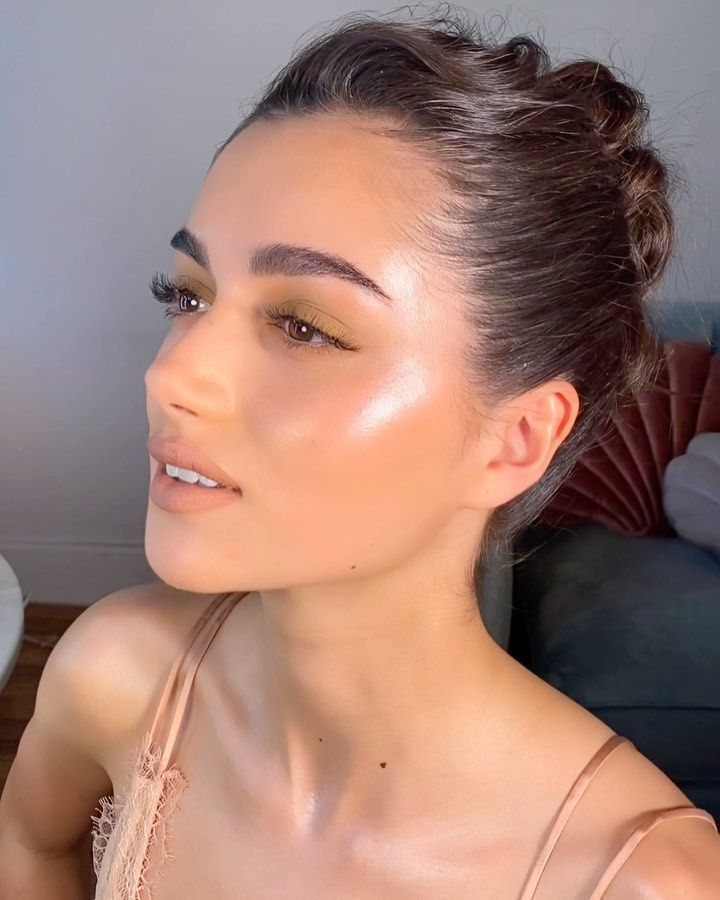
Bold Eye Shadow Styles to Master
Makeup truly becomes an artistic craft when you grasp products and techniques. Here are popular eye shadow looks worth practicing:
Classic Smokey Eye
This sultry effect smolders lids by densely packing darker shadows into outer corners and creases then blending inward to impact lash lines before finishing with perfect winged liner.
Cut Crease
Create dimension by defining a crisp contrasted crease line slightly higher than your natural crease. Then top with a contrasting lighter lid shade.
Ombre Shading
Intensify depth through ombre gradient shading by patting deepest pigments into creases then blending lighter hues outward over lids toward highlights on browbones.
Colorblocked Drama
Section off portions of lids to fill with bold complementary or clashing color pops. Apply with precision then blend borders softly together.
Glitter Glam
For ultimate sparkle, layer fine loose metallic glitter shadows or liquid foil bases cut with glitters on top of vibrant cream shadows packed onto lids.
Halo Effect
Highlight the centers of lids by concentrating lightest shades there and smudging darker accents outward to create a contrasted ring effect.
Mastering Eye Shadow Application
Now that you understand formulas, tools and color strategy basics, here’s a go-to eye makeup routine to practice:
1. Prime lids using eyeshadow primer or concealer to smooth surfaces and increase shadow intensity payoff.
2. Use fluffy blender to sweep transition shade through creases and upward toward brows.
3. Apply deeper defining shade just to outer corner areas and into creases using angled or pencil brush.
4. Concentrate lightest shimmer or matte lid shade over browbones and front lid areas using flat shader brush.
5. Clean up edges by carving crisp lines underneath lower lashes using flat definer brush dipped in matte bone shade.
6. Set look with black pencil, gel or liquid liner traced along top lash lines creating wings if desired.
7. Finish with volumizing mascara and highlight on tear ducts or inner corners.
Practice makes perfect for achieving quick seamless blending and precision shadow placement. Keep brushes clean and refer to online video tutorials as needed for guidance. Soon these classic eye enhancing techniques will feel second nature for unleashing endless eye looks that wow.
Conclusion
Eye shadow is a versatile cosmetic product used to enhance the appearance of the eyes. It comes in various shades, textures, and finishes, allowing for endless creative possibilities in makeup looks. Whether it’s adding a subtle touch of color for a natural everyday look or creating bold, dramatic effects for special occasions, eye shadow can help individuals express their personal style and enhance their natural beauty. By understanding the different types of eye shadow and how to effectively apply them, individuals can achieve stunning eye looks that complement their unique features and make a lasting impression.
